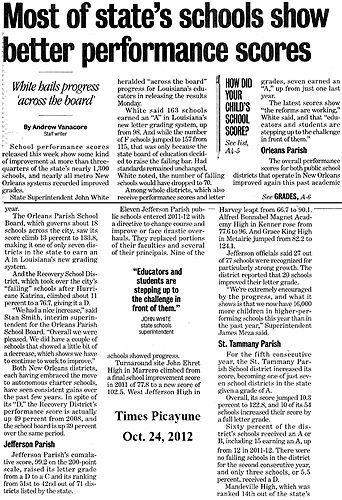P.V. Griffin Addresses Bigger-Waters Act Concerns in D.C.
District 1 Councilman P.V. Griffin met with several congressional members in Washington D.C. earlier this month to discuss the growing list of issues Plaquemines Parish residents are struggling with.
Among the representatives Griffin met with was Congresswoman Maxine Waters, D-CA, co-sponsor of the Biggert- Waters Reform Act.
“I told her about the problems this legislation was causing for the people of this parish, and I told her it was going to kill my district,” said Griffin.
Griffin says he proposed a two-year compliance waiver, that would allow the parish
more time to complete their levee system and get it federalized, which could in turn lower the assessed base flood elevations.
“I think a two-year waiver on the elevation requirements will allow us to build our levees up, so hopefully instead of 21 feet we can get down to at least 8 or 12 feet,” said Griffin.
As far as making the case compelling for federal representatives who have several other things to tackle, he says that reminding elected officials unfamiliar with the small parish’s mighty contribution to the national economy, is crucial to getting their attention.
“I told them that we are a huge supplier of the country’s oil and gas, and a third of the country’s seafood but we’re being treated like step-children,” he said.
In addition to Waters, Griffin met with Louisiana Congressmen Steve Scalise and Cedric Richmond. As well as Congressman and Chairman of the Black Caucus Emanuel Cleaver, D-MO, and the staff of Louisiana Senators Mary Landrieu and David Vitter.
“I invited them all to come down and talk to the people to see how the decisions they make in Washington are affecting real lives,” Griffin said.

 area water supplies has experienced some erosion but is still doing its job, a spokesman for the Army Corps of Engineers said Monday.
area water supplies has experienced some erosion but is still doing its job, a spokesman for the Army Corps of Engineers said Monday. “We will survey the sill every two weeks and keep an eye on the erosion,” Stack said. If the erosion gets worse, the sill may have to be replenished with sediment dredged from an area just upstream, he said.
“We will survey the sill every two weeks and keep an eye on the erosion,” Stack said. If the erosion gets worse, the sill may have to be replenished with sediment dredged from an area just upstream, he said.

